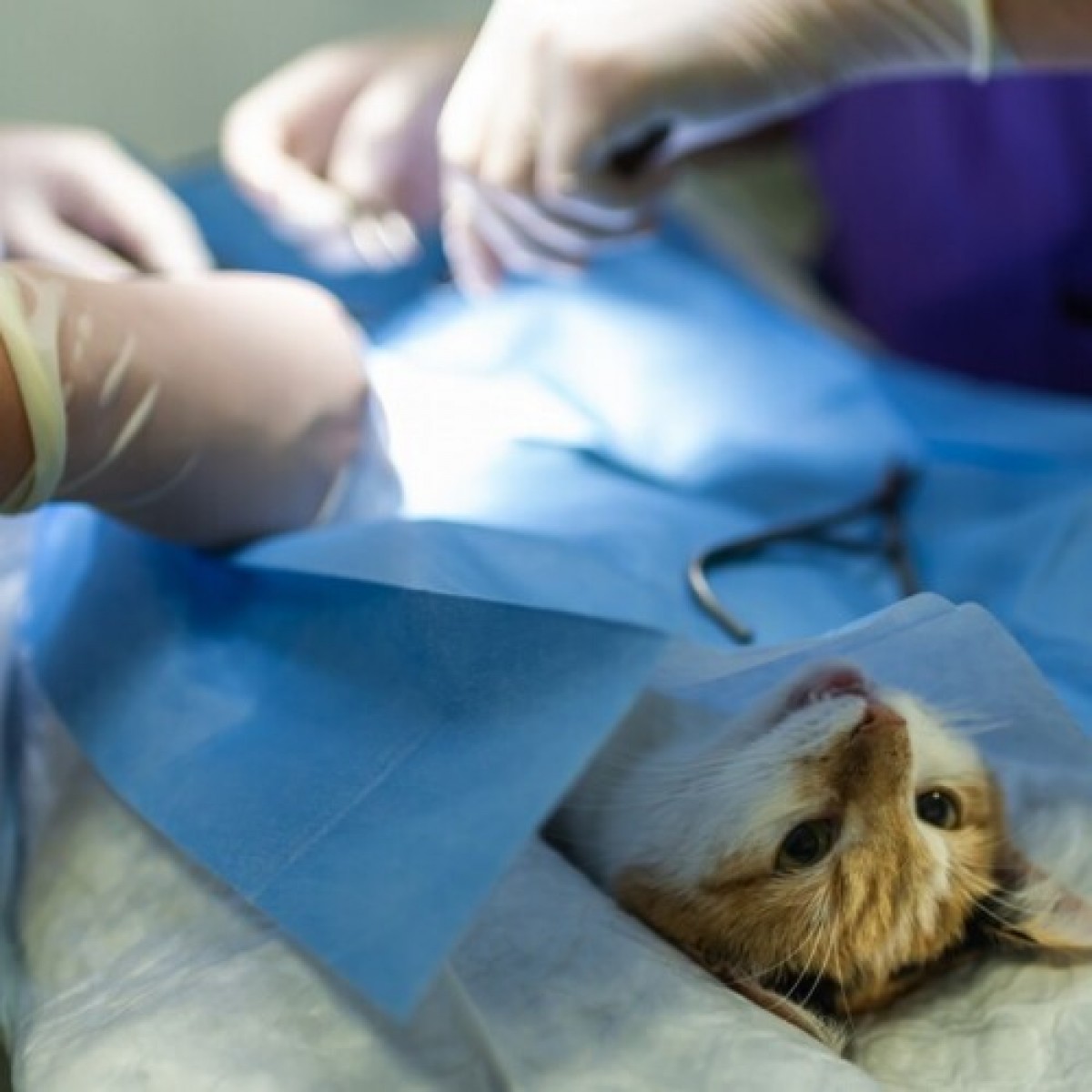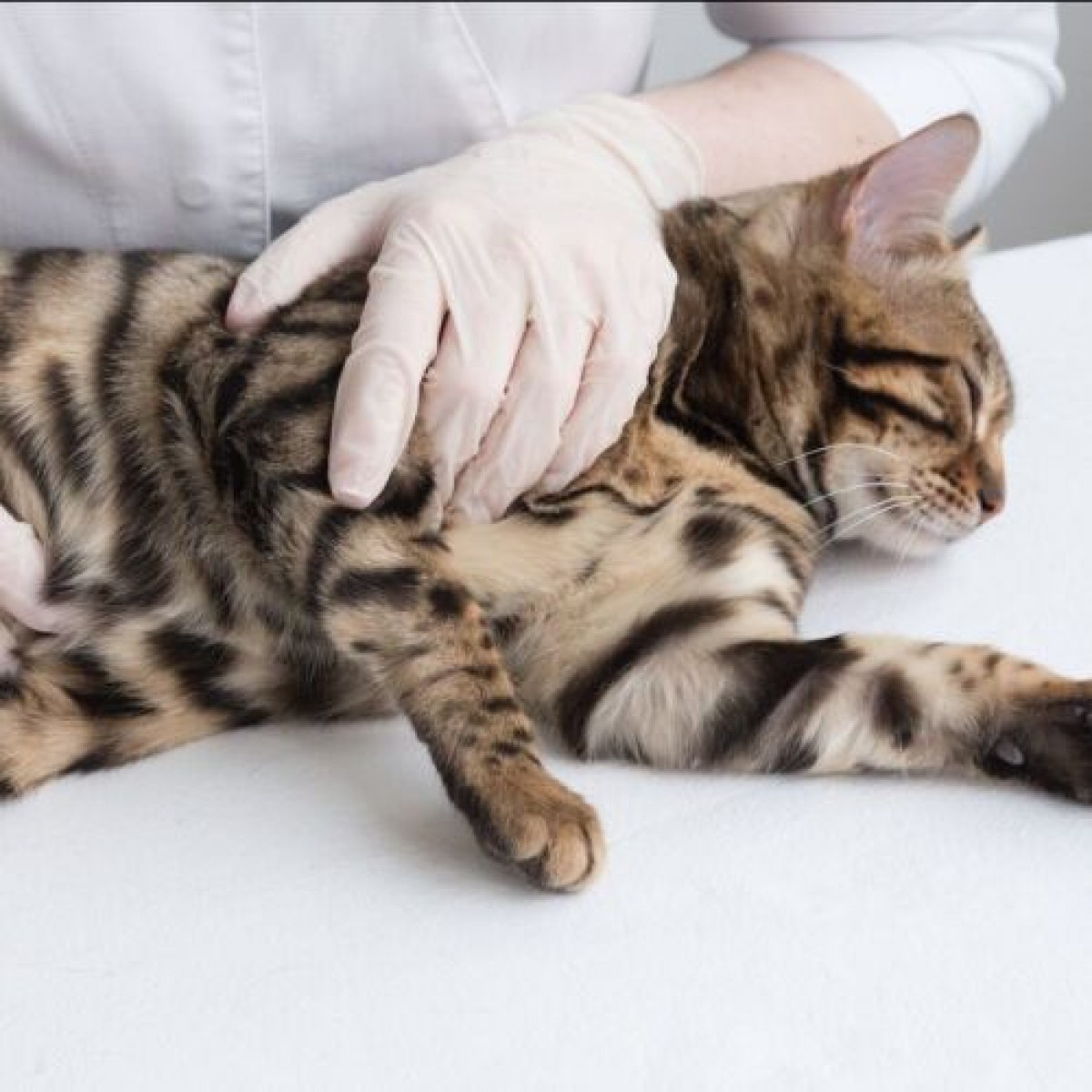Ultrasound features of focal pancreatic lesions in cats
There is a large overlap in the ultrasound (US) features of focal pancreatic lesions (FPLs) in cats. In addition, only a small number of studies describing the contrast-enhanced ultrasound (CEUS) features of FPLs in cats have been conducted. The aim of this study was to describe the B-mode US and CEUS features of FPLs in cats.
Researchers enrolled 98 cats cytologically diagnosed with FPL in the study. The lesions were classified as adenocarcinoma (n = 40), lymphoma (n = 11), nodular hyperplasia (n = 17), other benign lesion (OBL) (n = 20), cyst (n = 4) or other malignant lesion (OML) (n = 6).
Several qualitative and quantitative B-mode and CEUS features were described in each case. OMLs and cysts were not included in the statistical analysis.
Researchers created a decision tree to classify the lesions based on the B-mode and CEUS features. The overall accuracy of the cross-validation of the decision tree was 0.74. The decision tree had a high sensitivity and specificity for nodular hyperplasia as well as good sensitivity and specificity for both adenocarcinomas and OBLs.
The algorithm was unable to detect any specific feature for classifying lymphomas, and almost all the lymphomas were classified as adenocarcinomas.
The research team concluded that the combination between CEUS and B-mode US is quite accurate in the classification of some FPLs, especially nodular hyperplasia and adenocarcinomas. Cytopathology or histopathology is still a fundamental step in the FPL diagnostic workflow.
Silvia Burti, et al. “Contrast-enhanced ultrasound features of focal pancreatic lesions in cats.” Front Vet Sci. 2022 Sep 28; 9:986948. doi: 10.3389/fvets.2022.986948.













List
Add
Please enter a comment